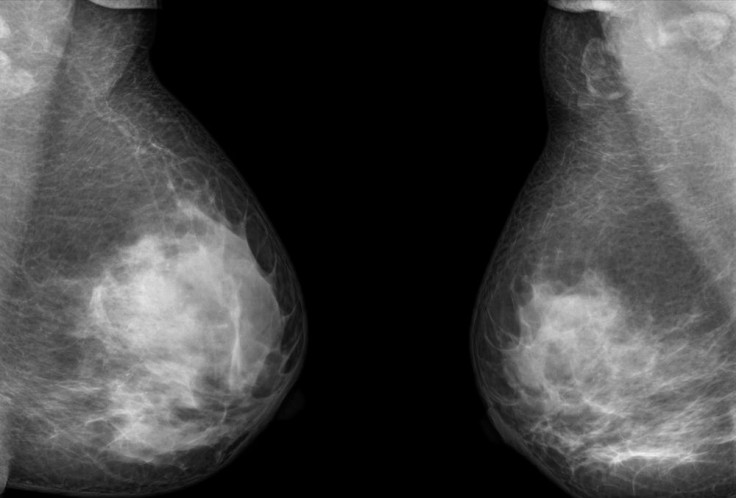New Mastectomy Strategy Could Reduce Second Surgery Rate For Breast Cancer Patients

Partial mastectomies (also known as lumpectomies) are one of the many surgeries women with breast cancer can undergo. However, researchers presenting during the 2015 Annual Meeting of the American Society of Clinical Oncology in Chicago said 20 to 40 percent of patients who elect this procedure have “positive margins.” These margins refer to the cancer cells on the edge of the tissue removed — and if surgeons removed beyond that tissue, it could reduce the rate of women having to receive a second surgery.
The research, which will be published in the New England Journal of Medicine, looks at 235 patients at varied stages of breast cancer. The surgeons conducted the partial mastectomy per usual before patients were randomly assigned to have additional tissue removed, or not. Dr. Anees Chagpar, associate professor of surgery (oncology) at Yale School of Medicine and director of The Breast Center at Smilow Cancer Hospital at Yale-New Haven (where the patients were enrolled), told Medical Daily in an e-mail that previous randomized controlled trials have shown breast conserving surgery is equivalent in terms of outcomes to mastectomy, "but we need to ensure we can get clear margins."
The technique researchers propose surgeons adopt involves removing the breast tissue all the way around the tumor site during the initial surgery, also known as the cavity shave margins (CSM). Chagpar said taking CSM could “cut the positive margin rate in half, without compromising cosmetic outcome or increasing complication rates.” Now that some patients have undergone this kind of surgery, researchers will follow them for the next five years in order to measure the impact of the two techniques, as well as the recurrence rates.
"This randomized controlled trial has the potential to have a huge impact for breast cancer patients," Chagpar said. “No one likes going back to the operating room, especially not the patients who face the emotional burden of another surgery."
Generally speaking, the American Cancer Society finds nearly all breast cancers can be treated successfully if found early. As it stands, the most effective form of prevention includes both yearly mamaograms and regular breast exams. The five-year survival rate for an early, localized stage is 99 percent; for all stages of breast cancer combined, the rate falls between 79 and 90 percent.
Source: Chagpar A, et al. New England Journal of Medicine. 2015.
Correction: This article originally incorrectly stated the usual partial mastectomy removes as much breast tissue as possible, leaving the nipple intact. This is actually a subcutaneous mastectomy.



























